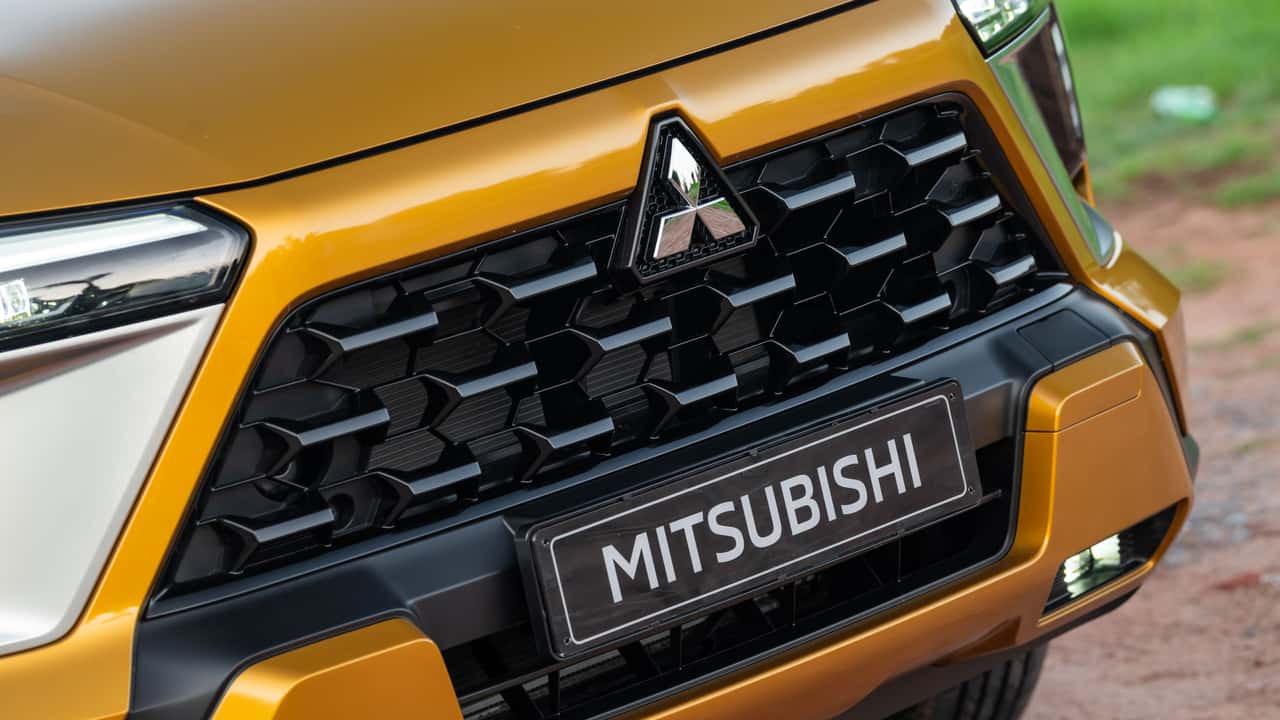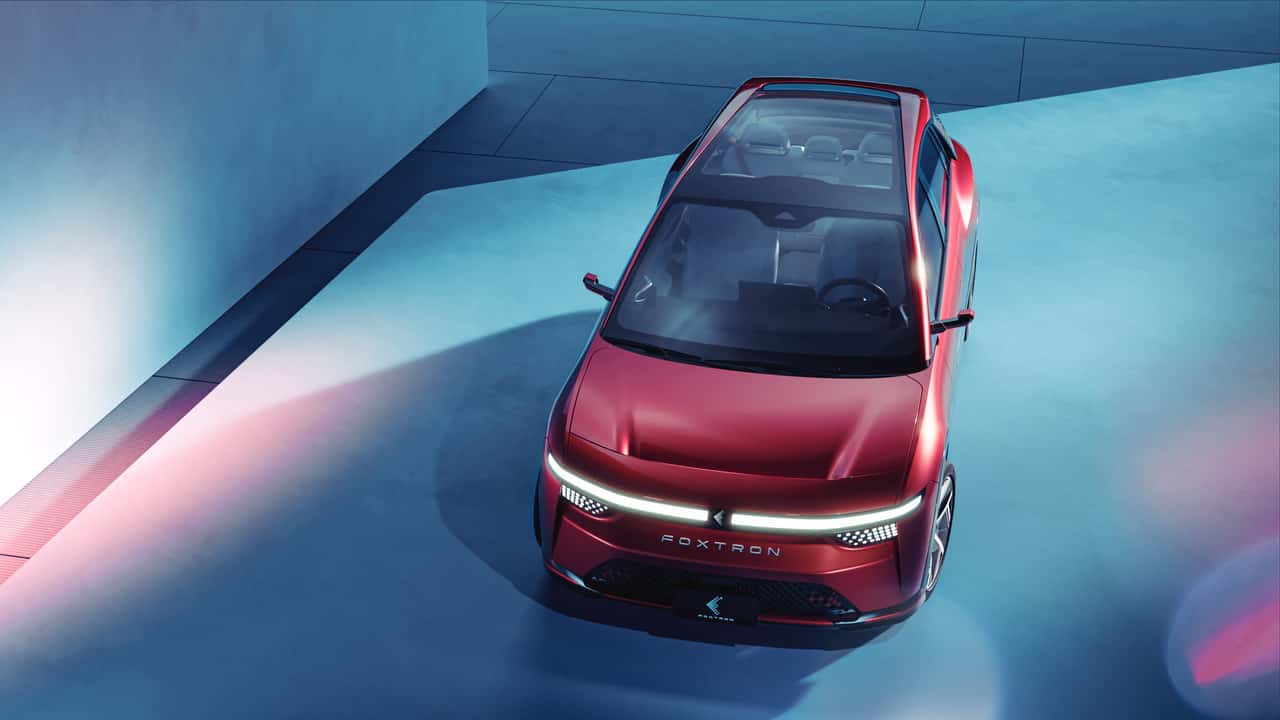
Badge-engineered cars have been around for decades, but this is getting out of hand. Mitsubishi heavily relies on partners to accelerate the development of new models and get them to dealers sooner rather than later. In Europe, three Renaults carry the Mitsubishi badge: the Colt (Clio), the ASX (Captur), and the upcoming revival of the Grandis (Symbioz). In the US, a Nissan Leaf-based electric crossover arrives next year.
However, Mitsubishi is also turning to a partner outside its alliance with Renault and Nissan to fast-track the launch of a new EV. It’s teaming up with Foxtron, a Taiwanese automaker founded just five years ago. If the name doesn’t sound familiar, it’s a joint venture between iPhone maker Foxconn and Yulon, Taiwan’s largest automaker.

Photo by: Foxtron
Foxtron Model B
The new model, developed by Foxtron, will be assembled in Taiwan by Yulon for a market launch in the second half of next year. It won’t be a global EV as the newcomer will be confined to Australia and New Zealand. Its identity hasn’t been disclosed yet, but Automotive News cites Foxconn executive Jun Seki as saying it’s based on the Model B.
The electric crossover was penned by the famed Italian design house Pininfarina. Originally unveiled as a prototype in October 2022, the Model B measures 169.2 inches (4.3 meters) in length, with a generous 110-inch (2.8-meter) wheelbase. It’s 73.4 inches (1.86 meters) wide and 60.2 inches (1.53 meters) tall, making it slightly larger than a Volkswagen ID.3.
Foxtron claims a maximum driving range of over 310 miles (500 kilometers) from a 60-kWh battery pack, though that’s based on China’s optimistic CLTC test cycle. Other known details include a planned dual-motor, all-wheel-drive setup capable of a 0 to 62 mph (100 km/h) sprint in 3.9 seconds. A more modest single-motor, rear-wheel-drive variant is also coming, with a 6.6-second sprint.
It’s too early to say whether Mitsubishi will slap its badge on the Model B and call it a day or implement substantial design changes. Either way, this partnership highlights the Japanese automaker’s urgent need for fresh products, especially in the EV space. Since it can’t move fast enough on its own, it’s leaning on external partners to speed up development.
Mitsubishi even hints at additional models borrowed from other automakers by introducing its own versions of other Renaults in Europe and Nissans in North America. The tie-ups are focused on electrified vehicles and could expand globally.
Times Are Though For Mitsubishi:
It’s Getting Worse: Mitsubishi Stops Shipments to US Dealers
Dealers Are Giving Up on Mitsubishi
Source: Mitsubishi





















